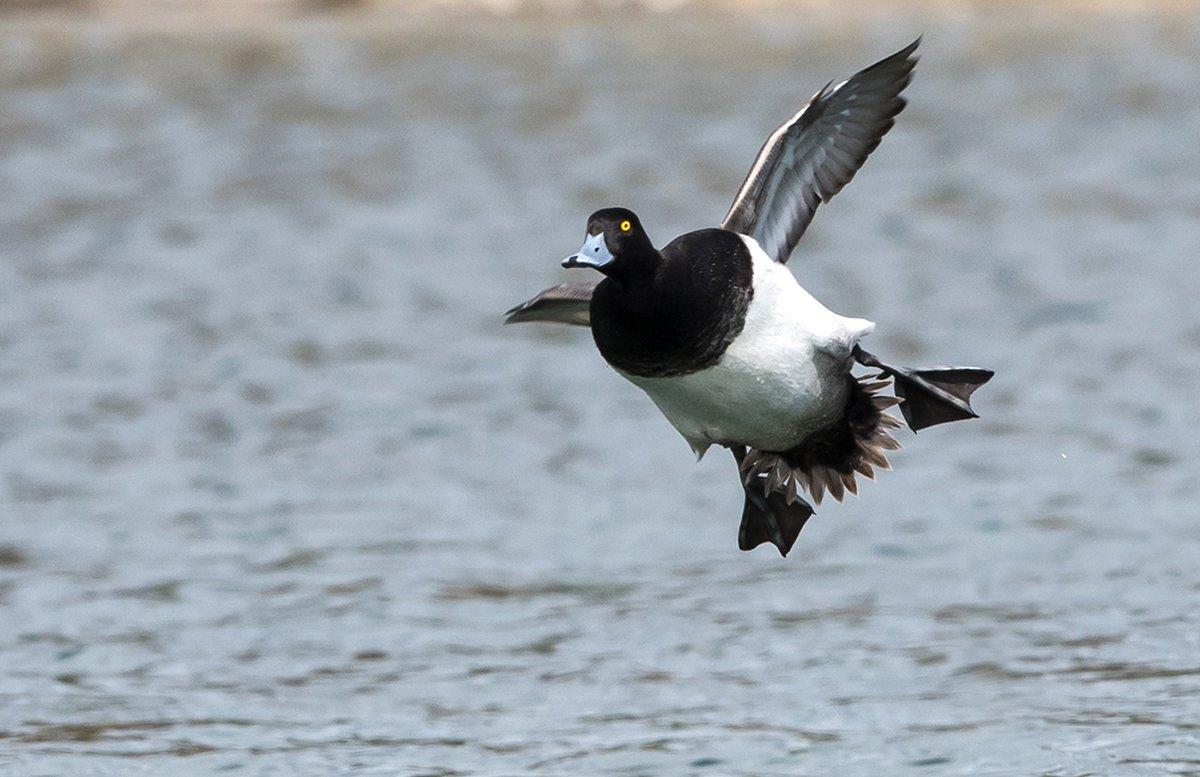Mallards are awesome, but save room on your strap for other birds

(I often point out that drake shovelers and goldeneyes also have green heads, even though I'm not prepared to argue the respective merits of those birds as table fare. But I digress.)
No one can assail the drake mallard. Large, plentiful, wary and gorgeous in full plumage, it's the ultimate North American waterfowl. Consistently and selectively shooting greenheads might represent the pinnacle of a great day or season. Add some colored-out pintails or black ducks to the strap, and perhaps sprinkle in some drake woodies early, and you have a great mix of beautiful, delicious birds, all of which are deemed to be of high quality. If you want to get eclectic or scratch a taxidermy itch, you might add a bull canvasback, the king of ducks.
But I've always had room on my strap for other ducks — birds some folks call trash. Wigeon and gadwalls are welcome. Teal, too. And divers, at which some folks turn their noses up? Sign me up for bluebills, ringbills, redheads, goldeneyes and buffleheads. Heck, I've even taken a shoveler or two on purpose. I encourage all duck hunters to at least appreciate these ducks, even if they decide not to shoot them.
I understand the origin of the greenhead prejudice. Consistently shooting drake mallards while forgoing other ducks increases the degree of difficulty involved in a hunt, and success indicates that you've triumphed at a tough game. It's somewhat akin to passing up young deer in favor of mature bucks, but that's more of a management decision for most folks, whereas the greenhead bias is just selectivity.
To me, duck season is a long campaign with many smaller facets. A classic season consists of a warm opener, a lull before serious migration, the first flights ahead of early-fall cold fronts, peak numbers of many duck species and then the cold, bitter end. I understand things play out differently in the South and Mid-South, but hunters there still experience seasons within the season. All of those brief periods offer unique bounty. For a Northern hunter, like me, the first few days let you enjoy local ducks, such as bluewings, woodies and, yes, mallards — even redheads and ringbills. Cold nights and shorter days bring larger groups of greenwings, wigeon, gadwalls, shovelers, pintails, ringnecks, redheads, canvasbacks and some bluebills into play. At the peak, whenever that occurs, diver numbers swell, mallard numbers increase and concentrations of other puddle ducks remain strong. As the season wanes, many birds leave, but hardy mallards, black ducks and goldeneyes concentrate in areas with open water and food. I don't want to pass up the enjoyment any of those mini-seasons provide.
Don't get me wrong, I love mallards, and I love waiting for greenheads on those perfect days when they pile into cornfields or congregate in open springs on a frozen marsh. And if conditions are right, I'll let other birds go in hopes of a limit of green. But if 200 gadwalls have packed into a slough down the road, I need to experience that, too. And when colorful, swift-flying diving ducks dot the surface of area lakes, buddy, I'm there. You won't find more enjoyable wing-shooting.
Ultimately, like any duck hunter, I hope this fall brings me several straps of prime late-season mallards. But even if that happens, I'll save plenty of hunts for those other ducks. They'll never be trash to me.






